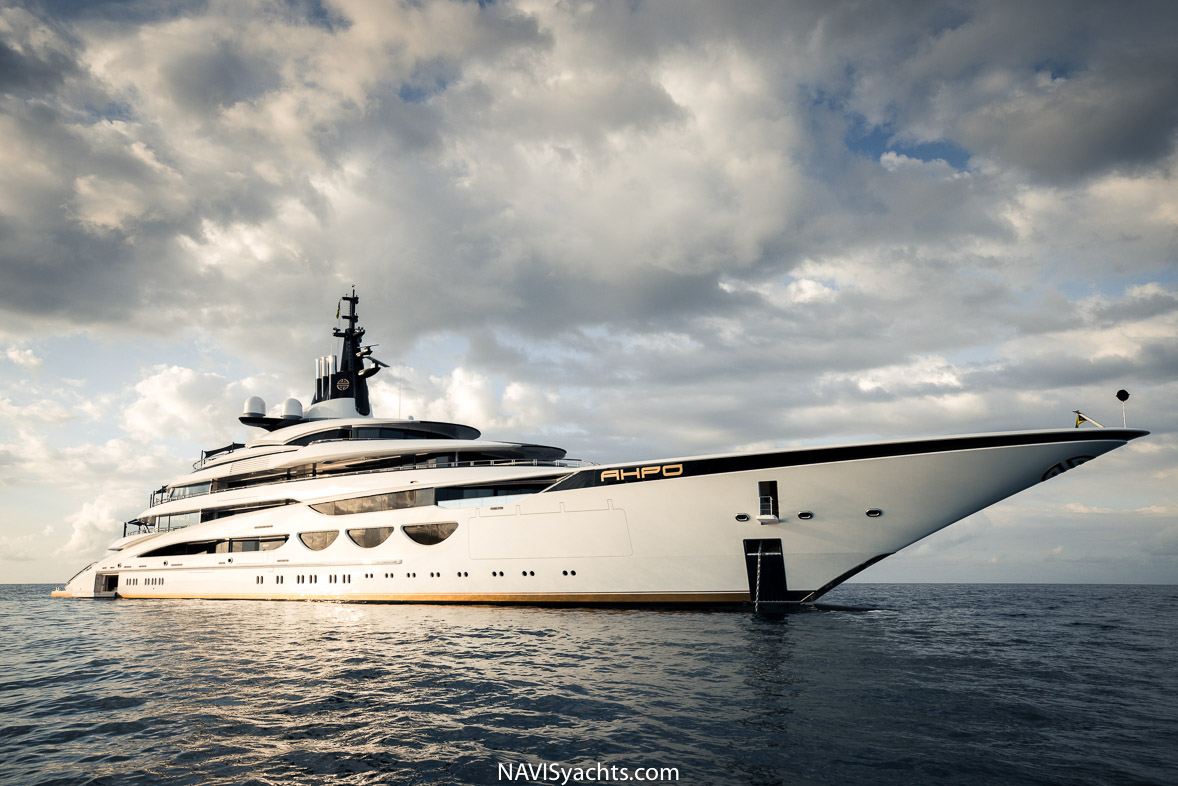The Future of Yacht Design
The yacht design industry is constantly evolving. In recent years, there has been a shift towards energy efficiency in yacht design. This is largely due to the growing awareness of the impact that yachts have on the environment.
As a yacht builder, Lürssen has earned a reputation as a class-leading producer of bespoke design and outstanding engineering. With headquarters in Bremen-Vegesack, and shipbuilding facilities in several other locations, the yard designs and constructs superyachts, naval ships, and special vessels, and is one of the world’s leading yacht builders.
Designing yachts that meet not only the specification of the owners but also meet the demands of interior comfort while conforming to the expected standards of luxury and on board amenities, means satisfying high expectations. For this reason, designers and engineers must pay careful attention, and every consideration must be given to the vessel’s design.
Reducing a superyacht’s carbon footprint requires builders to look further than the propulsion system; careful attention must be paid to how the whole yacht is designed. With an innovative approach to hydrodynamics and propeller design, Lürssen is committed to building fuel-efficient yachts while meeting the high expectations of its clients in terms of on board comfort.
Head of naval architecture at Lürssen, Dr. Lars Eggert explains;
“To find the best hull form configurations, we use automated optimization algorithms through our customized software technologies. Unlike most other superyacht builders, we have the in-house know-how and expertise to quickly assess the results of the findings and proactively react to any changes to the requirements. This makes the process of designing the hull form even more streamlined and precise.”

Lürssen takes further measures to minimize noise emissions at the source depending on the individual demands of the project. A yacht-optimized air injection system has been developed to dampen noise emissions from the propeller traveling into the yacht, as well as better protect the marine environment from noise emissions traveling from inside the yacht’s structure to the outside (this system may also reduce the resistance of the hull). Furthermore, the main engines can be double-elastically mounted and combined with hybrid components to find the most efficient propulsion system in terms of comfort and fuel consumption.
As the overall energy requirement of a superyacht is also dependent on the performance of the propellers, the shipyard focuses heavily on finding the optimal propeller design for each project. Pushing the boundaries of what has been achieved in superyacht propeller design to date, they recently incorporated a seven-bladed, noise-optimized propeller design on board a 150m-plus yacht – a concept based on its experience in other maritime sectors but not previously applied in yachting.
Since the company’s inception in 1875, German-based Lürssen has remained firmly in the hands of its original family members and their descendants. Now employing a workforce of over three thousand people, the brand operates no less than eight state-of-the-art production facilities, refitting and building vessels and managing projects at an unmatched rate.
Lürssen is dedicated to exploring new technological solutions and making continuous improvements to both its yacht architecture and to the construction process. It’s team is both driven and committed to uncovering new and innovative solutions to enhance and achieve new levels of energy efficiency.








Chanchai Howharn, Lürssen | Words: Emma Hersh



